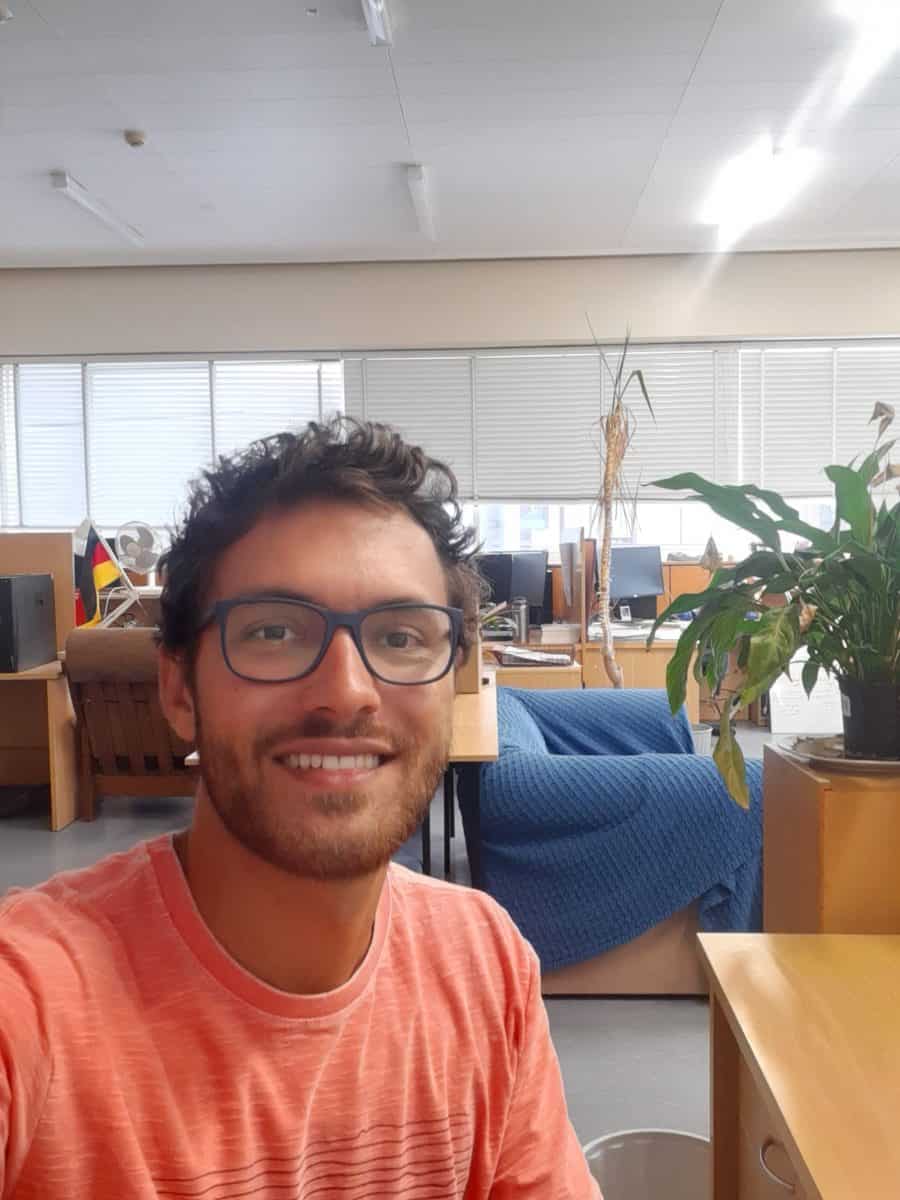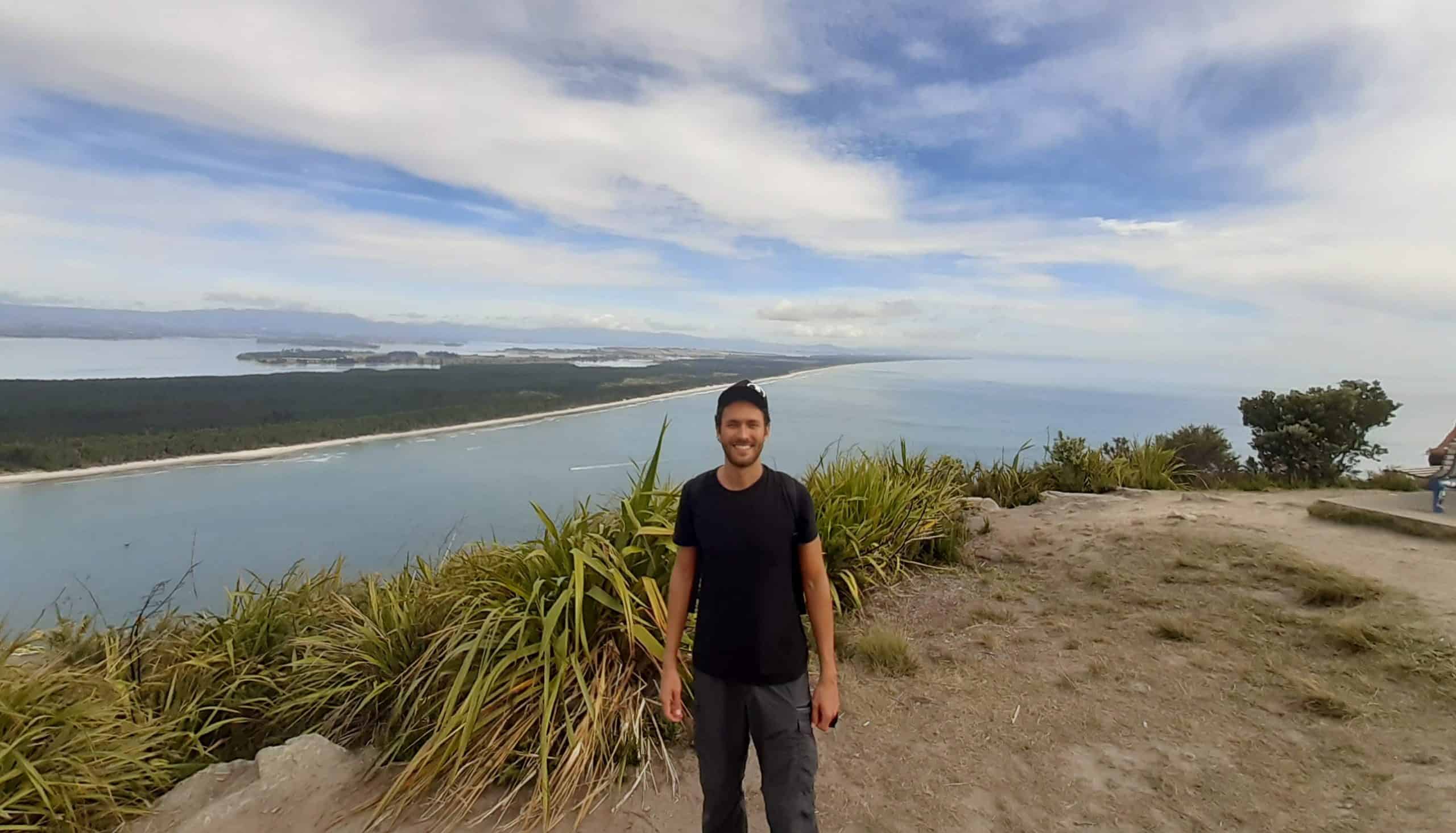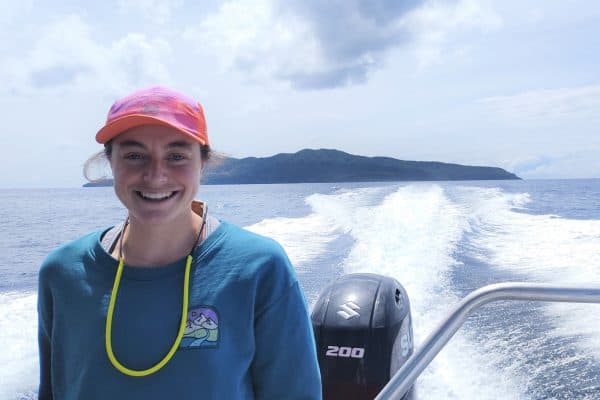Predictors for estuarine flooding in New Zealand
 I am currently in my first year of my PhD in Earth Sciences at Waikato University’s Coastal Marine research group, supervised by Professor Karin Bryan and two co-supervisors: Giovanni Coco (The University of Auckland) and Scott Stephens (NIWA). I’m from an island in the southern part of Brazil, called Florianopolis, surrounded by beautiful beaches and coastal lagoons. I think this proximity to the sea was responsible for my interest in nature, water sports and also for the choice of my career: Oceanography.
I am currently in my first year of my PhD in Earth Sciences at Waikato University’s Coastal Marine research group, supervised by Professor Karin Bryan and two co-supervisors: Giovanni Coco (The University of Auckland) and Scott Stephens (NIWA). I’m from an island in the southern part of Brazil, called Florianopolis, surrounded by beautiful beaches and coastal lagoons. I think this proximity to the sea was responsible for my interest in nature, water sports and also for the choice of my career: Oceanography.
Traveling and science are another two of my passions. Through my professional path I have had amazing experiences in my home country and abroad. After finishing my undergraduate degree in my hometown, I did my Master’s degree in Coastal Engineering at Universidad Cantabria, Spain. I also completed an internship at BRGM (Bureau de Recherches Géologiques et Minières) in France. These experiences provided me with a good background in numerical and statistical modelling for storm surges/coastal flooding, which led me to here.
Receiving a PhD scholarship from the Resilience to Nature’s Challenges programme allowed me the opportunity to further explore my interest in coastal flooding prediction and assessment, particularly regarding climate change. In addition, to be living in New Zealand is a pleasure, with such a beautiful and interesting variety of landscapes in a relatively small area.
My project
In recent years, increasing concern about climate change and sea-level rise has led to improvements in estuarine flooding prediction. However, predicting flooding in estuaries is particularly challenging due to the uncertainty of future climate scenarios and limitations on representing local physical processes in models. Therefore, the overarching objective of my thesis is to identify the main physical drivers of estuarine flooding in order to make improved prediction of these events in New Zealand. This will be accomplished through (1) developing novel predictive techniques that allow the sensitivity of a wide range of variables to be explored at low-computational cost in a benchmark case (Tauranga Harbour) and validating these with in-situ data, and (2) applying the best predictors and techniques for the rest of the estuaries in New Zealand as well as for future climate projections.

Next steps
My next steps will be to develop a model with which we can do more accurate predictions of flooding events in New Zealand estuaries. This will be accomplished by testing different approaches like statistical and numerical modelling, and machine learning. During this process I hope to produce interesting databases at a national scale, for example: satellite-derived bathymetry, reconstructed historic storm surge, and future projections. I believe this work can be very useful in assessing the impacts of present and future coastal flooding, and providing more knowledge to society and decision makers to better manage and adapt the coastal areas of New Zealand.



